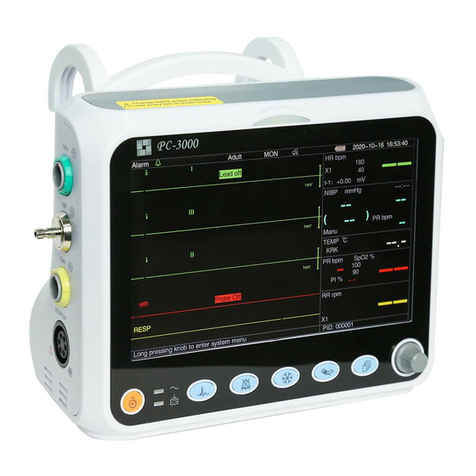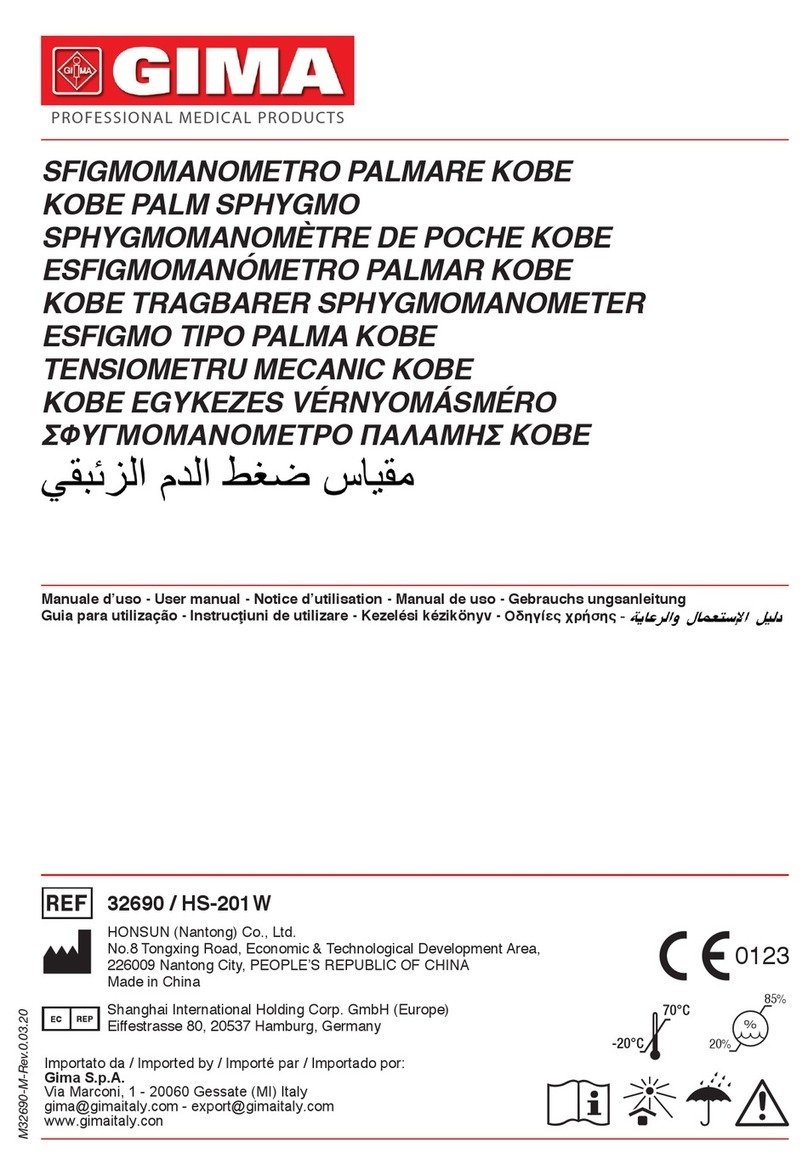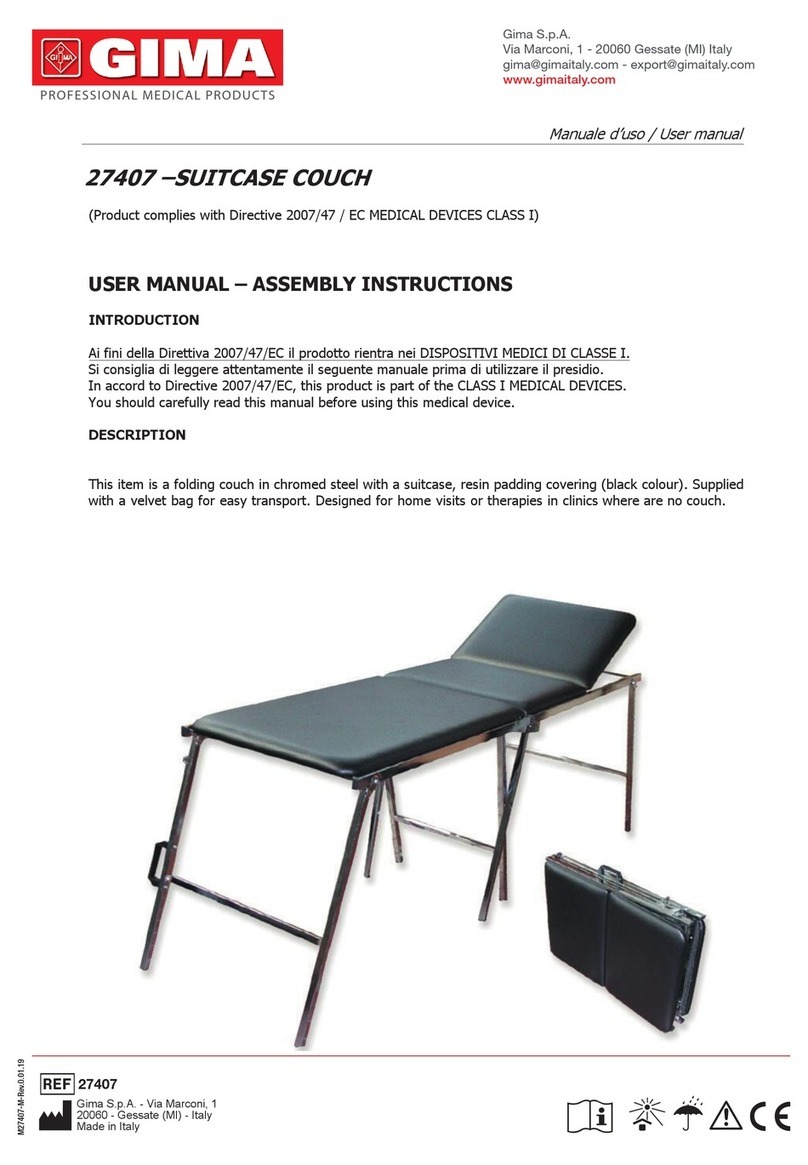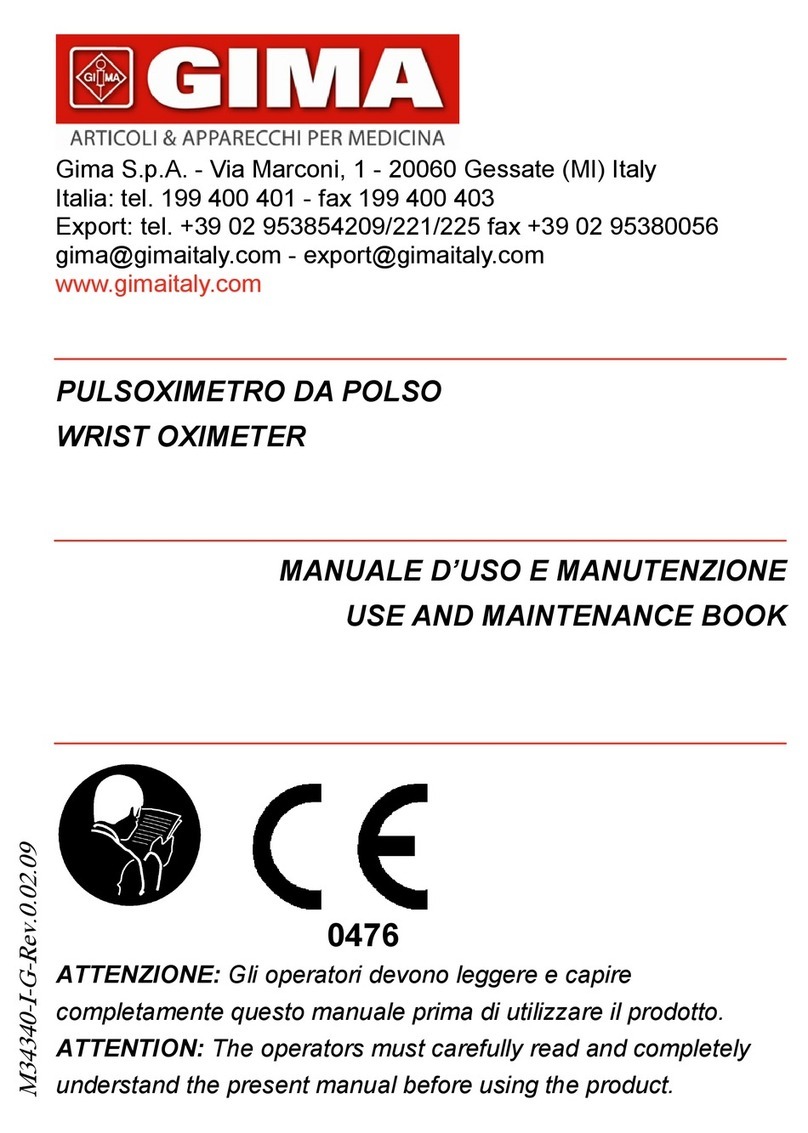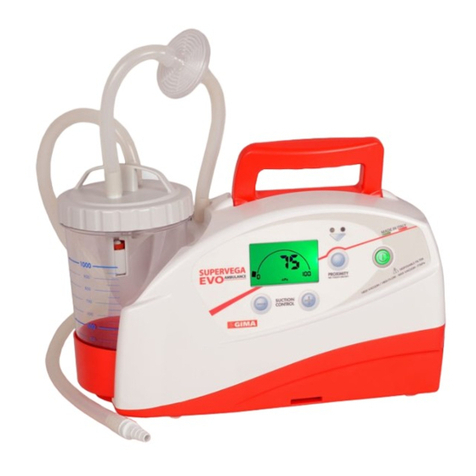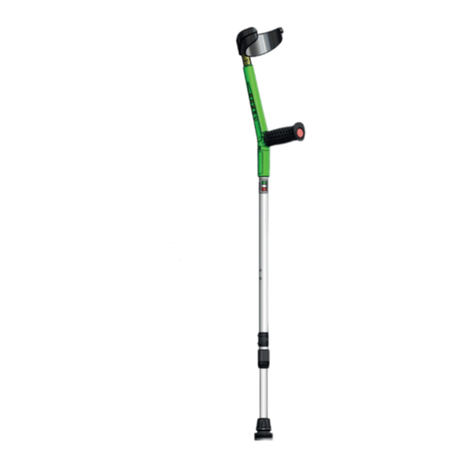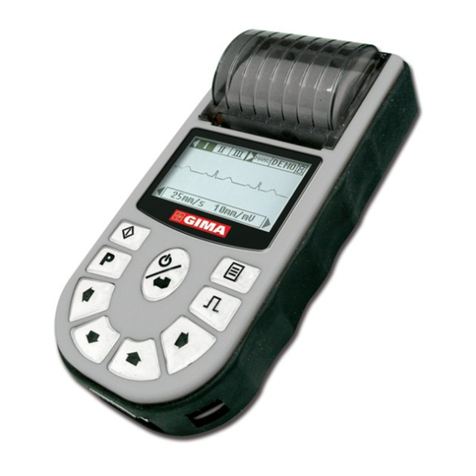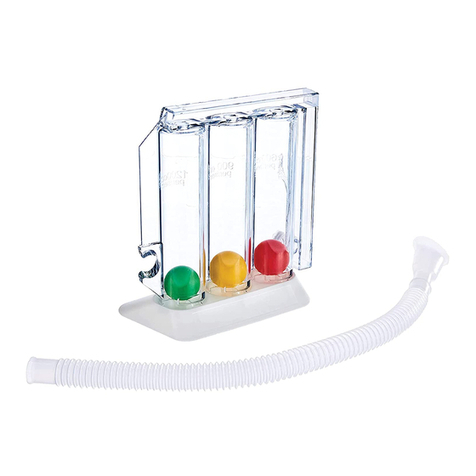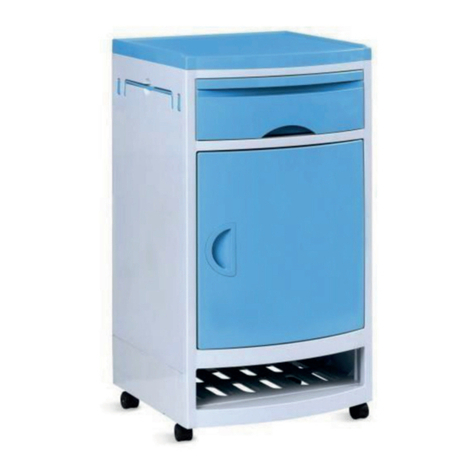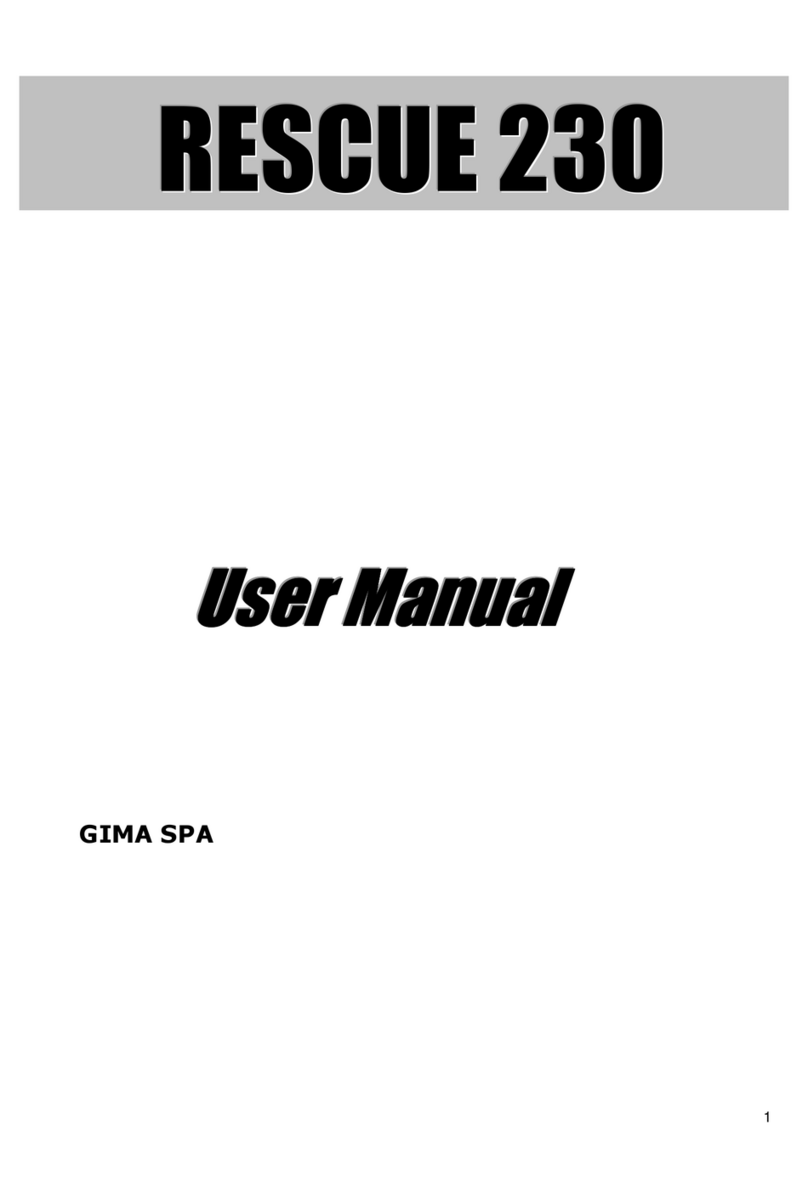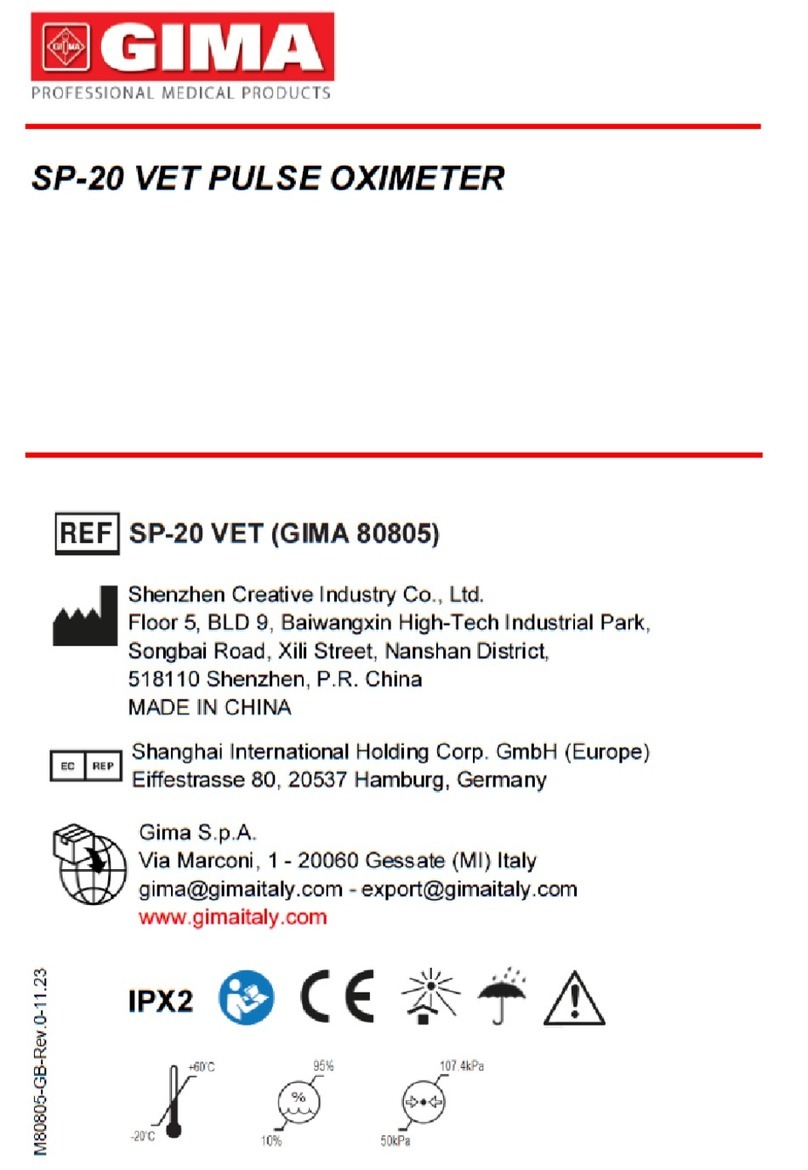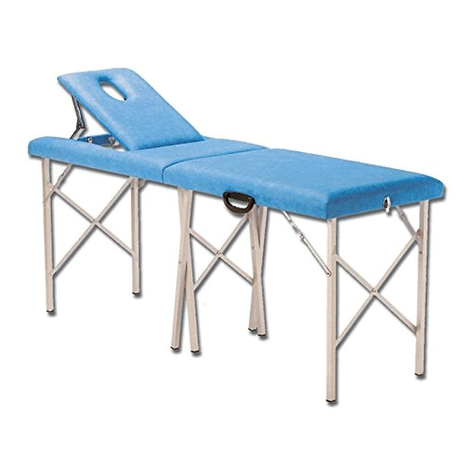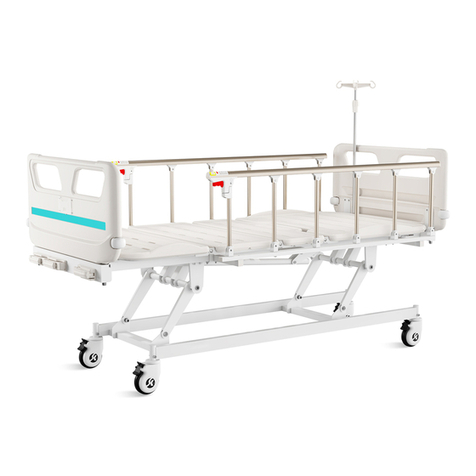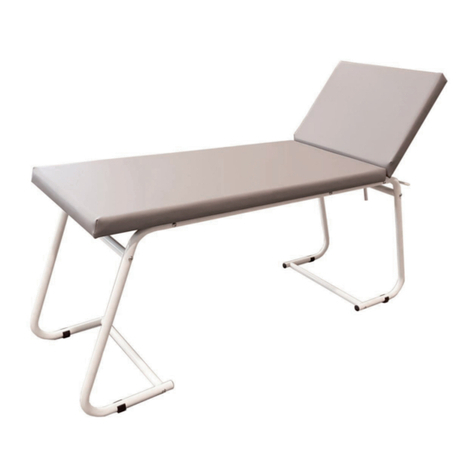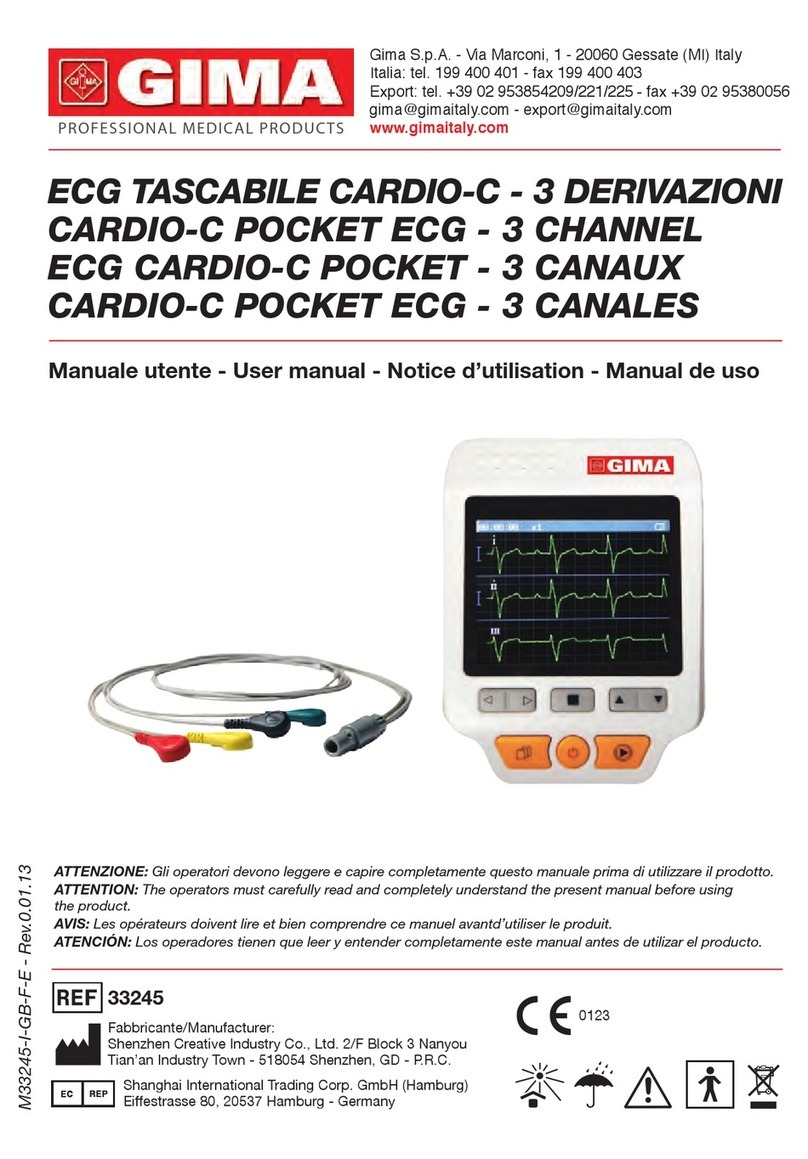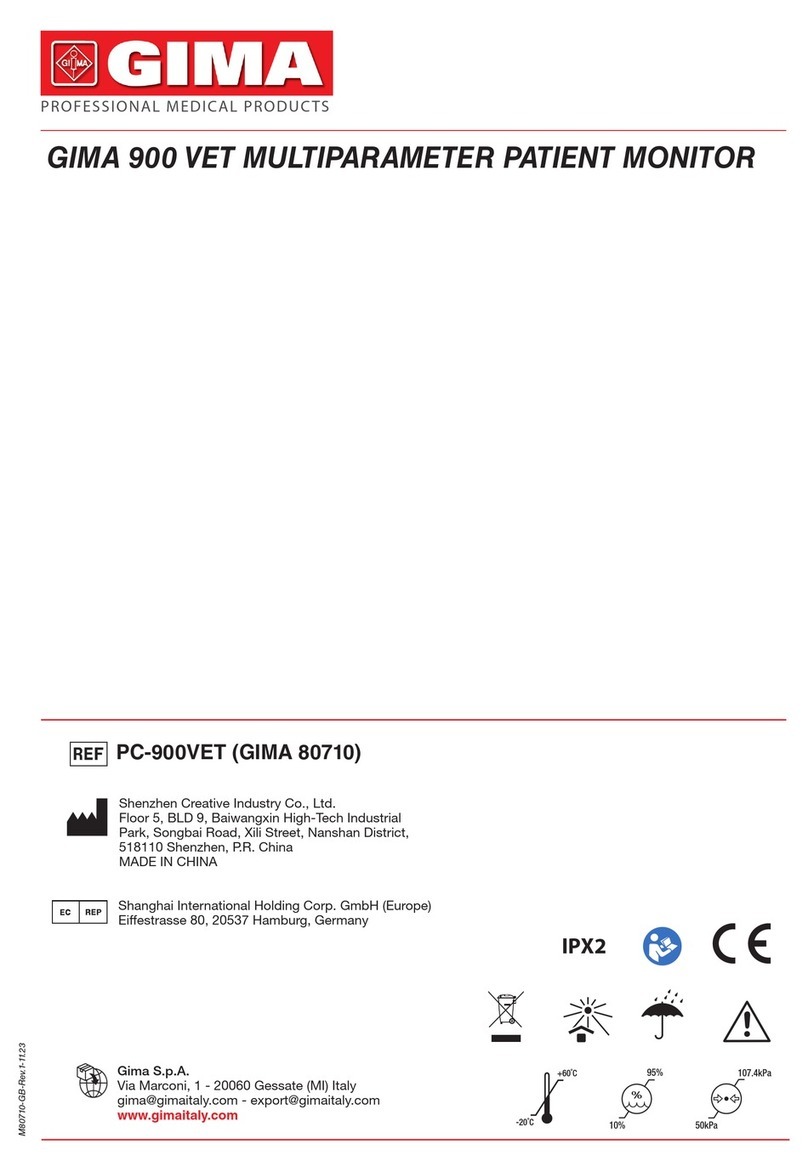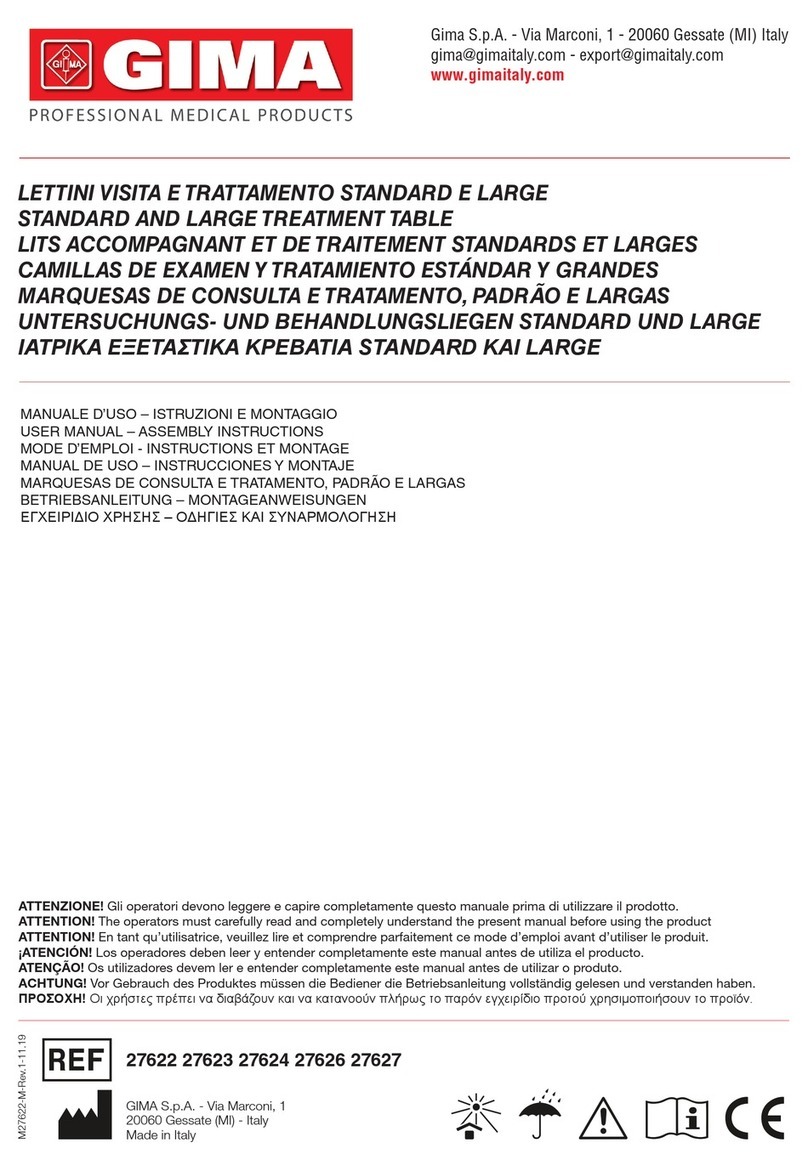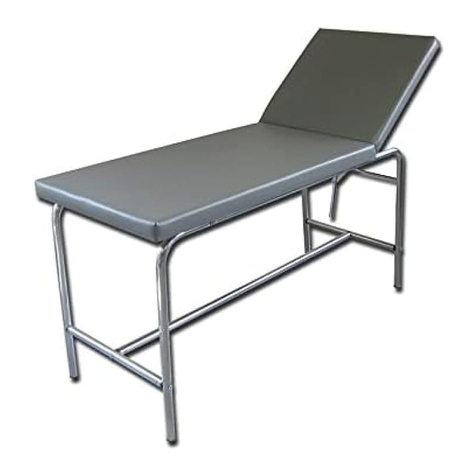
24
3.3.5.4 LCD Backlight Setting
1. On the system settings screen press the key or of Navigation key
to choose Backlight Setting and press to enter Backlight settings screen
(see the following gure).
2. Press the key or of Navigation key to set backlight on/o.
3. Press the power/back button to complete saving and return to the previous
menu.
4. On the others screen (except Waveform screen and Setting screen) short press the right key of Navigation key is
able to turn on/o the backlight quickly.
3.3.5.5 Software Version
1. On the system settings screen press the key or of Navigation key to
select Version and press to enter Software Version screen.
2. Press the power/back button to return to the previous menu.
3.3.6 Upload ECG Data
1. On the system settings screen press the key or of Navigation key to
select Upload ECG data and press to enter into Upload ECG data screen.
On upload data screen, connect the monitor to PC with appropriative data
cable, all the records of waveform recall list and waveform description list can
be uploaded to PC for saving after entering into ECG Viewer System. Refer to
ECG Viewer Manager User Manual for details.
Notes:
- During uploading, the keys and power key are eective. After upload, turn o the device and restart it again to
start measurement.
- Keep the monitor and data cable still during uploading data. Unplug the data cable plugs on the halfway of uploading
data is not recommended.
- If the battery power is not enough, please change the batteries, or uploading operation will be interrupted.
This function is optional, and needs software support
(ECG Viewer Manager System).In addition, an appropriative data cable supplied by GIMA is required.
4. Technical Parameters
4.1 ECG Monitoring
- The number of channels: single (dierential input).
- Electrodes: 3 embedded metal electrodes or using 3 adhesive ECG electrodes by connection to the lead wire.
- Body measurement: the detecting ECG signal can be the following lead selection:
Lead I (between right hand and left hand);
Chest Lead (between right hand and chest);
Lead II (between right hand and left leg).
- Signal bandwidth: 0.5Hz~40Hz
- Internal noise level: =30µVp-p
- Heart rate measuring range: 30bpm~240bpm
- Heart rate measuring precision: ±2bpm
- Display sensitivity: 5.0 mm/mV±10%
- Common-mode rejection ratio (CMRR): >=60dB
- Sweeping speed: 20mm/s±10%
- Input loop current: ≤0.1μA
- Input impedance: ≥MΩ
4.2 Display
- 128×64dot-matrix single color LCD
- Display dimension: 49mm×25mm
- Display of waveform: 128×48 pixels
- Backlight: LED backlight.
ENGLISH
